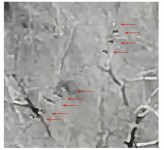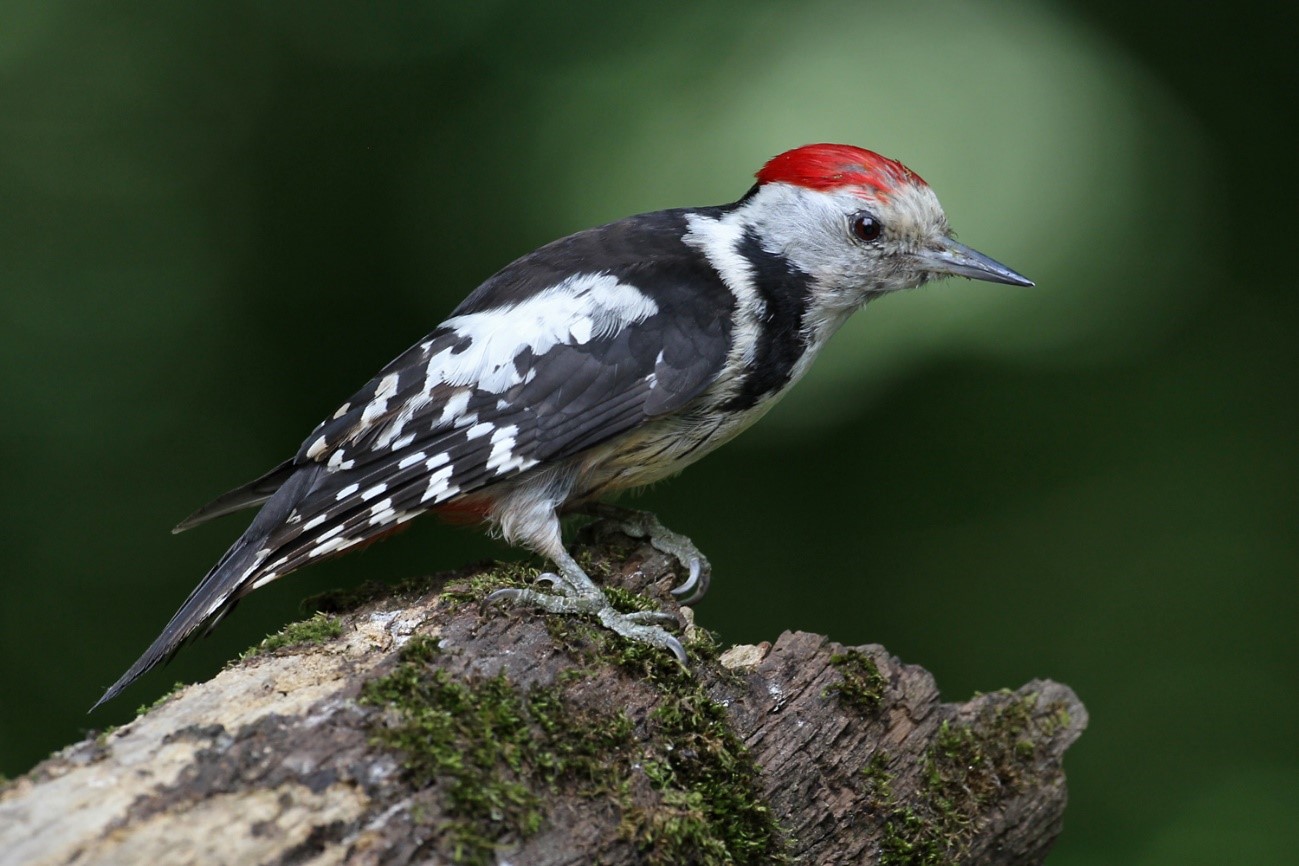Manuel Schweizer, Qindong Tang, Reto Burri, Sergei V. Drovetski, Hugo Robles, Kristof Zyskowski, Sargis Aghayan, Marko Rakovic, Gilberto Pasinelli.
Deep genome‐wide phylogeographic structure indicates cryptic diversity in the Middle Spotted Woodpecker (
Dendrocoptes medius). Ibis,
First Published: 17 February 2022,
https://doi.org/10.1111/ibi.13054
Abstract:
Deep phylogeographic structure in mitochondrial DNA not reflected in morphological variation has been uncovered in a number of species over the past few decades. However, inferred phylogeographic structure solely based on mitochondrial DNA can be misleading and might not reflect the true history of evolutionary lineages. Consequently, such cases should be further investigated based on genome-wide data. One of these examples is provided by the Middle Spotted Woodpecker
Dendrocoptes medius, a non-migratory habitat specialist associated with old deciduous forests of the Western Palearctic. It displays strong genetic divergence in mitochondrial DNA between Asian and European populations despite only slight variation in morphology between them. Here, we found a clear genomic divergence between Asian and European populations that is consistent with mitochondrial divergence patterns. As revealed by isolation by distance analyses, this differentiation in two lineages was not merely an effect of geography. Genomic population structure indicates that both the Asian and European lineages might each have been separated in more than one refugium during the last glacial maximum. The Middle Spotted Woodpecker might represent a case of cryptic diversity throughout its distribution range, as has been previously found for other taxa across the tree of life. However, we also found footprints of gene flow from the Asian into the European populations, suggesting at least limited introgression upon secondary contact. Processes and mechanisms that might prevent lineage fusion between the morphologically cryptic but genetically divergent lineages of the Middle Spotted Woodpecker need to be further investigated especially in the area of potential secondary contact.












